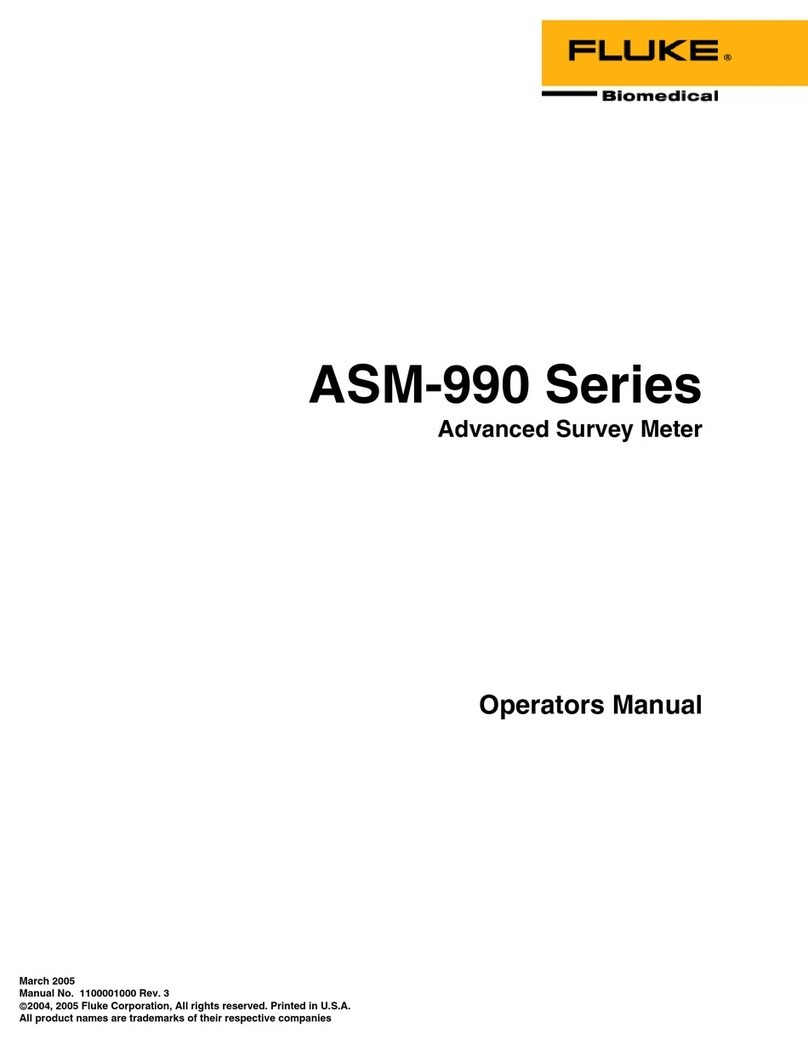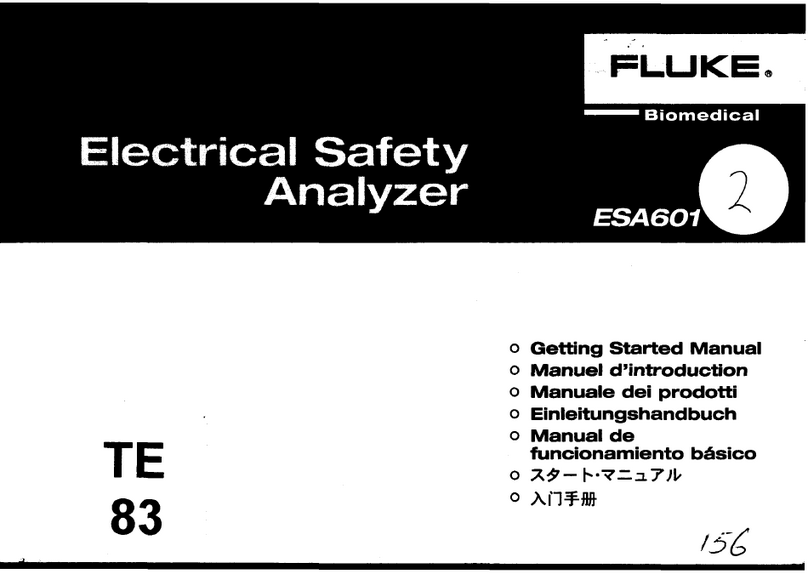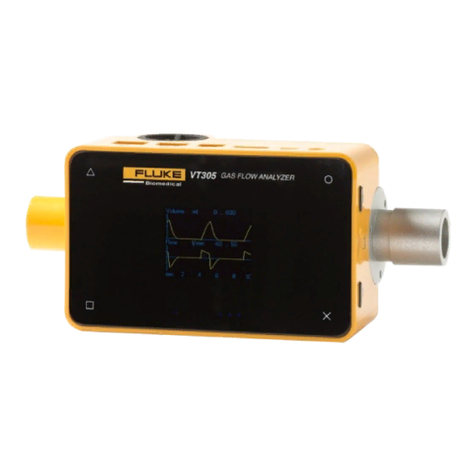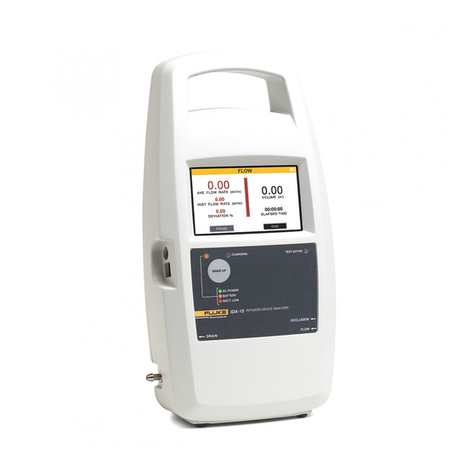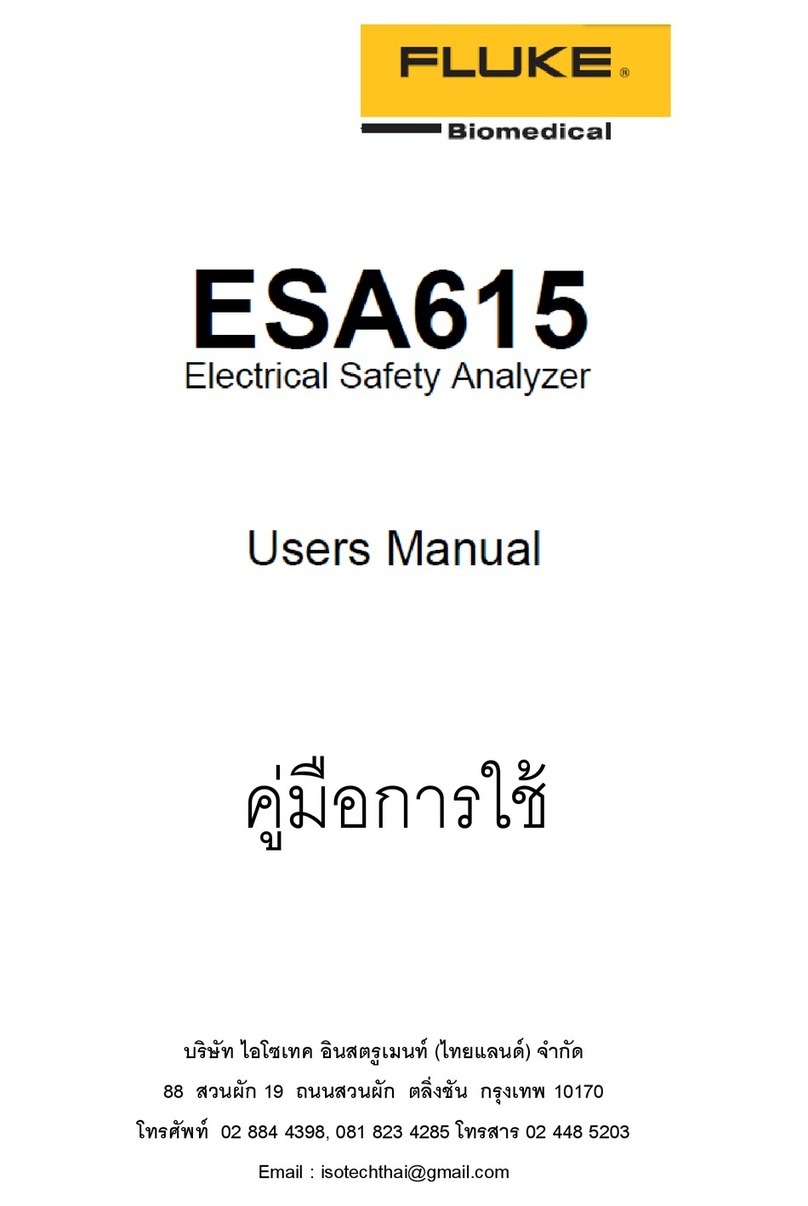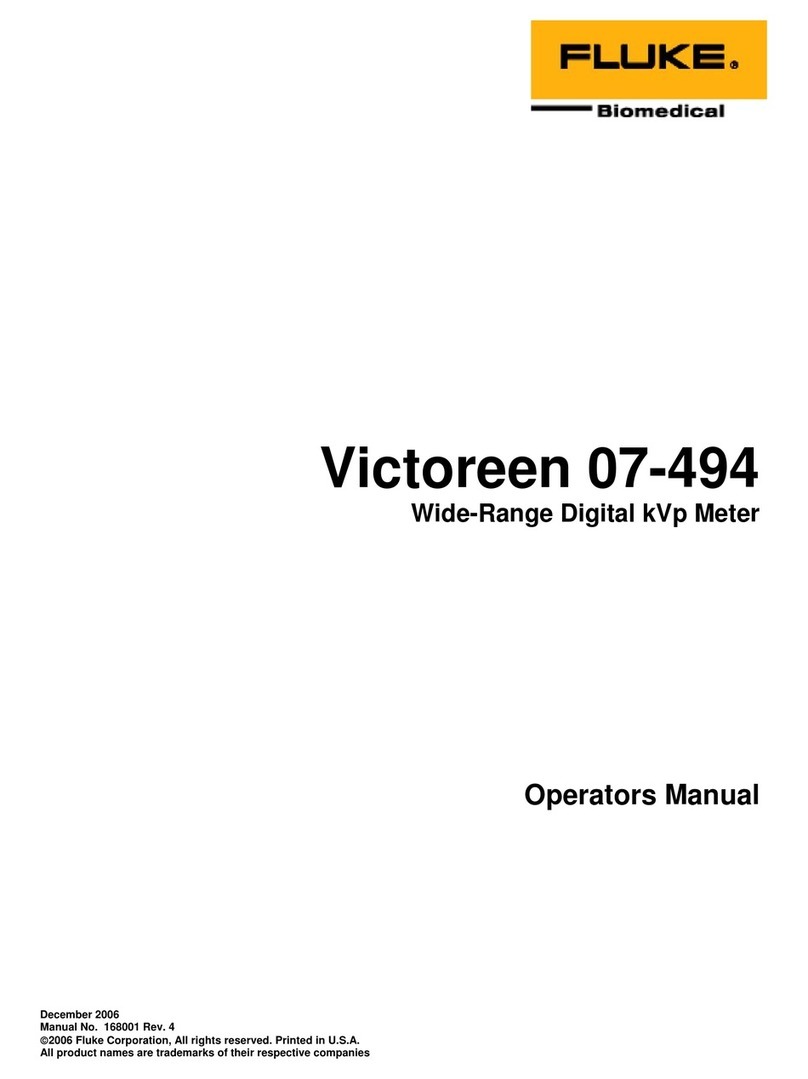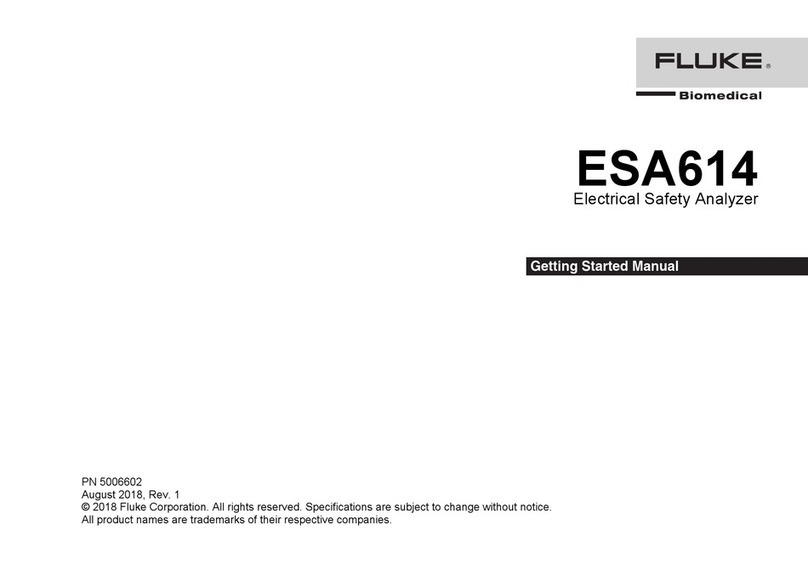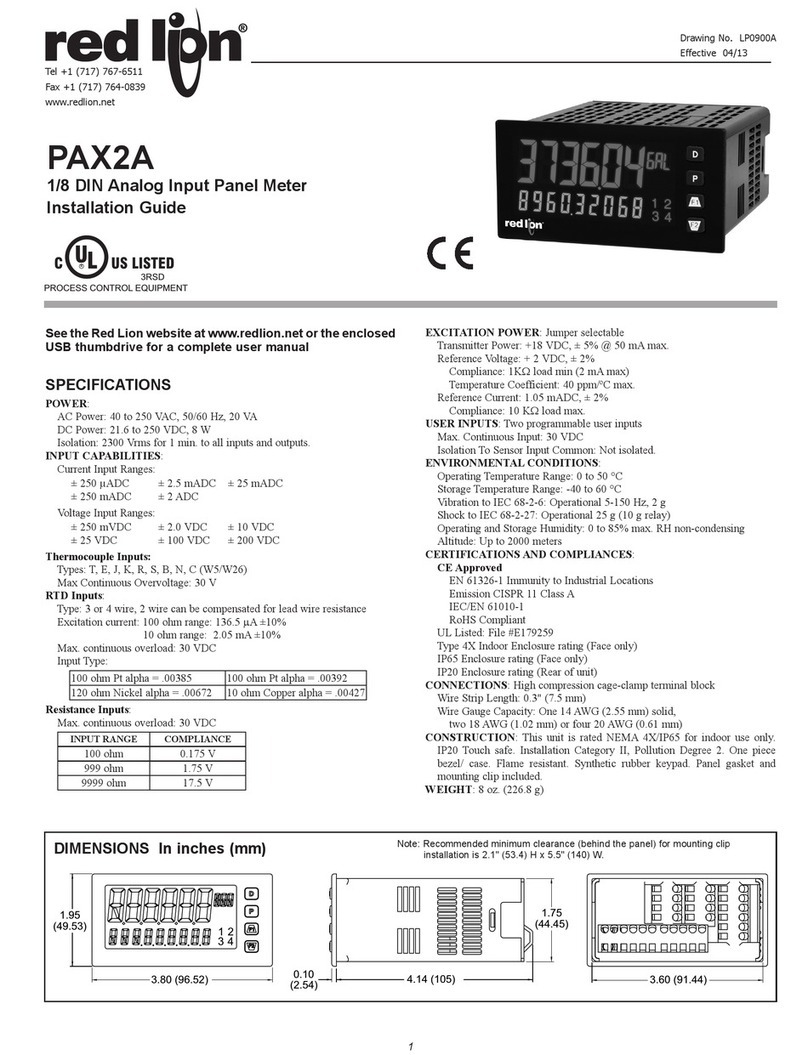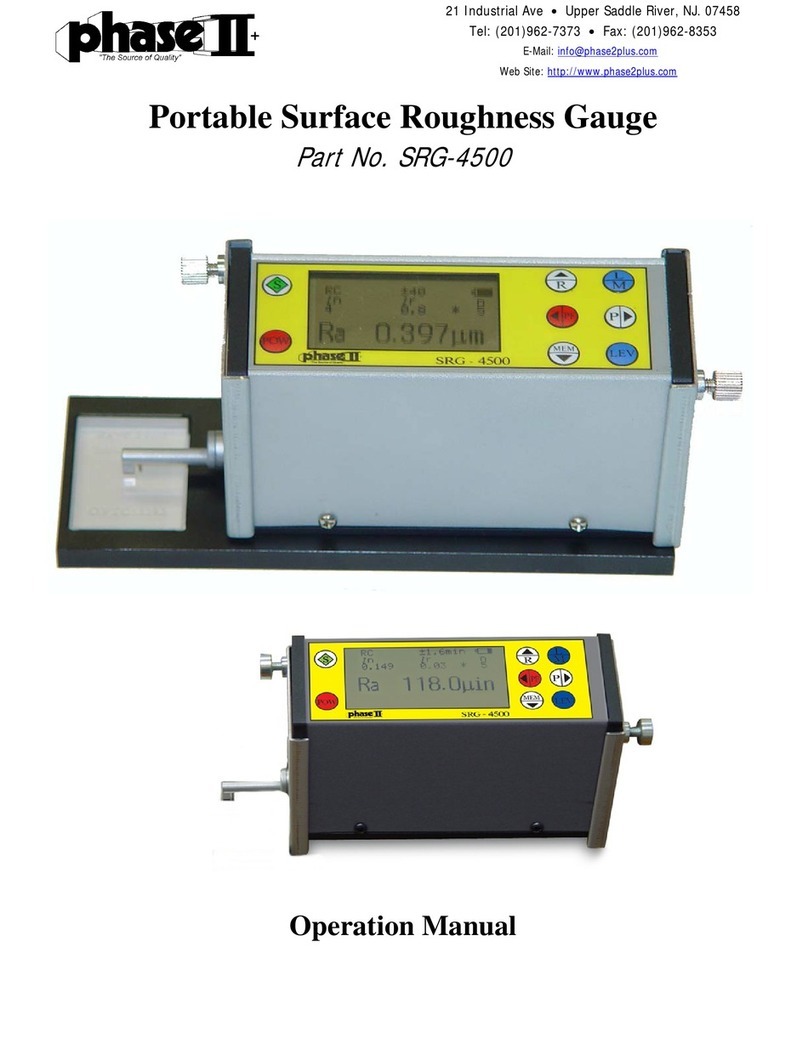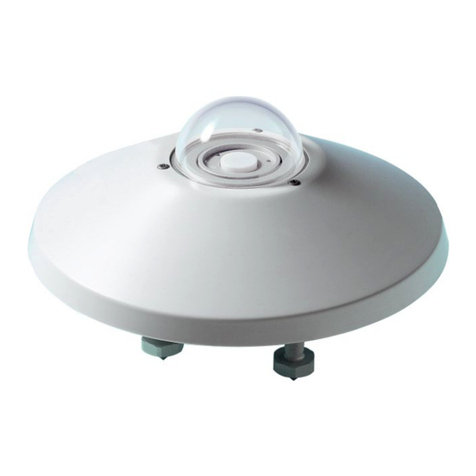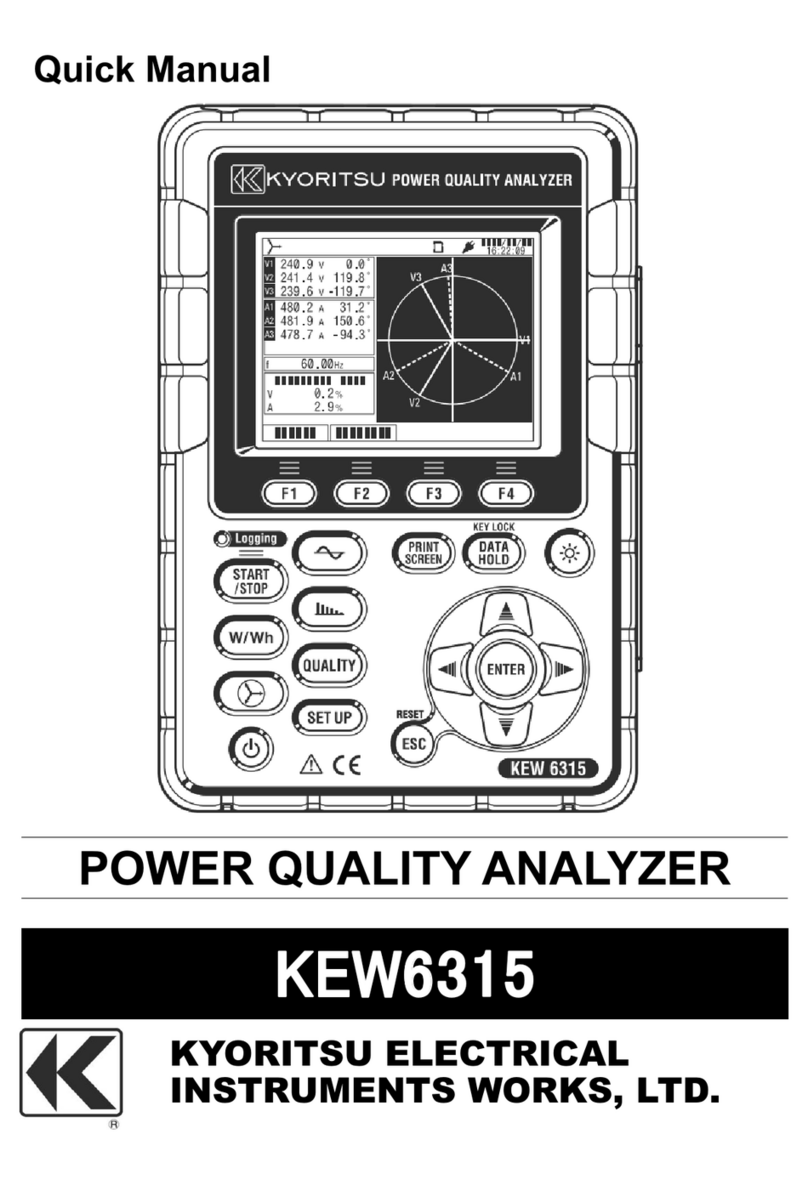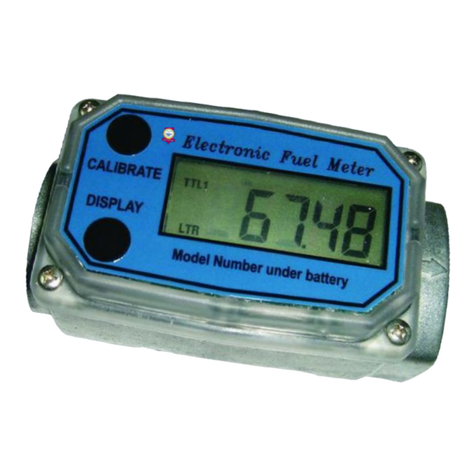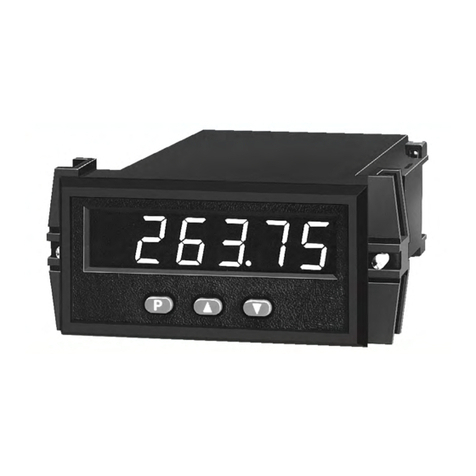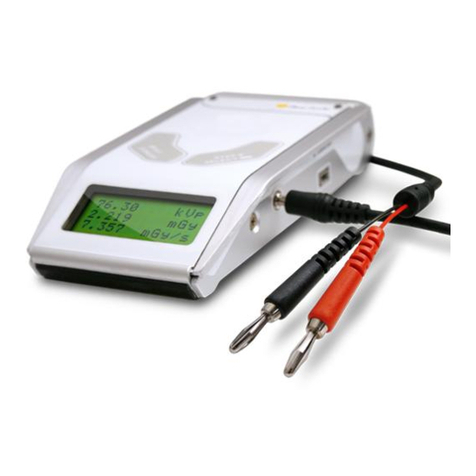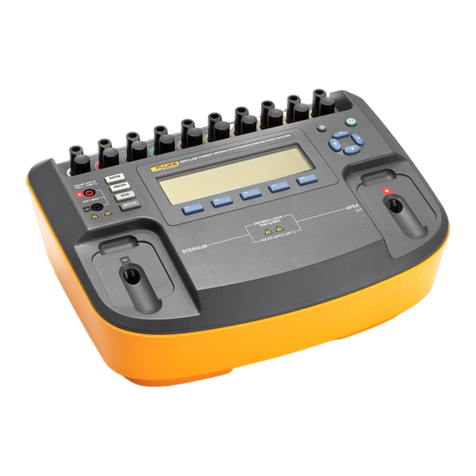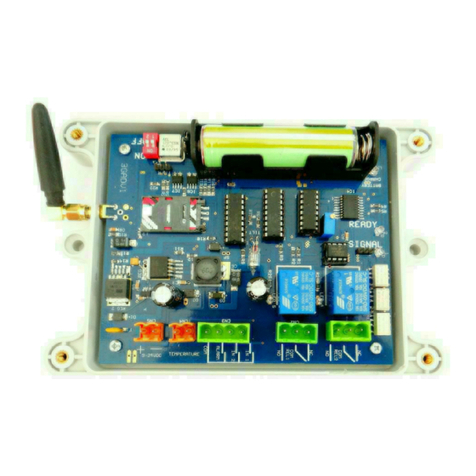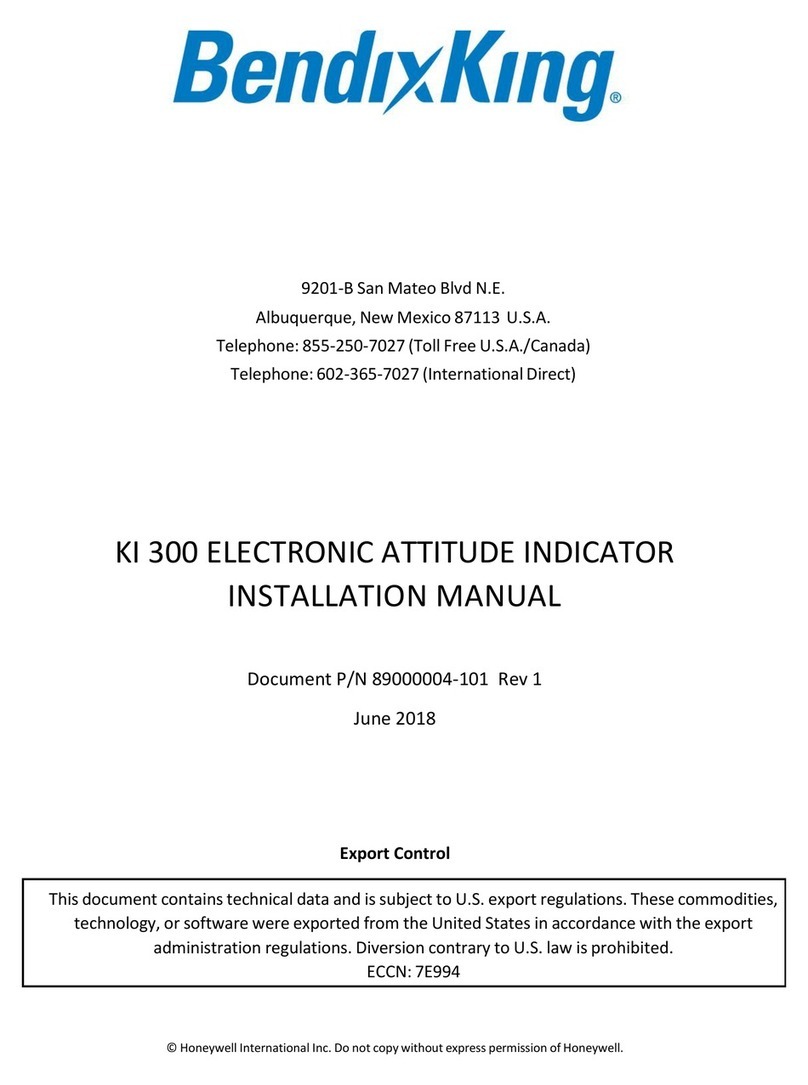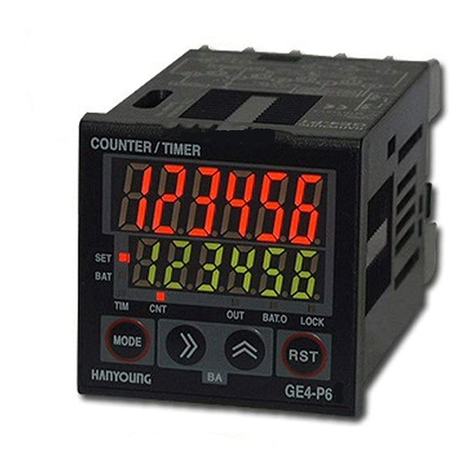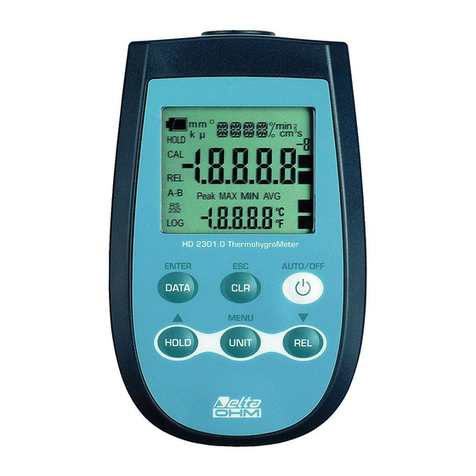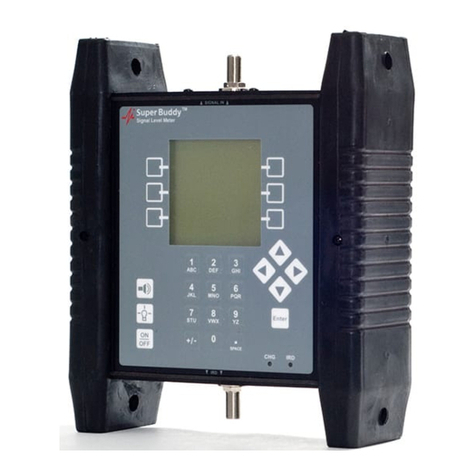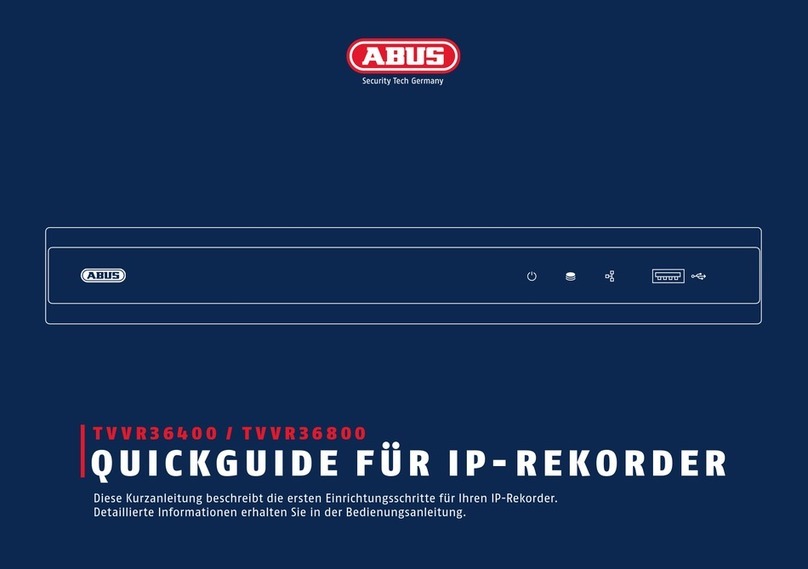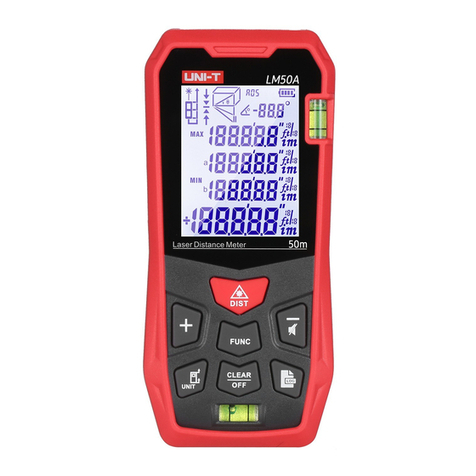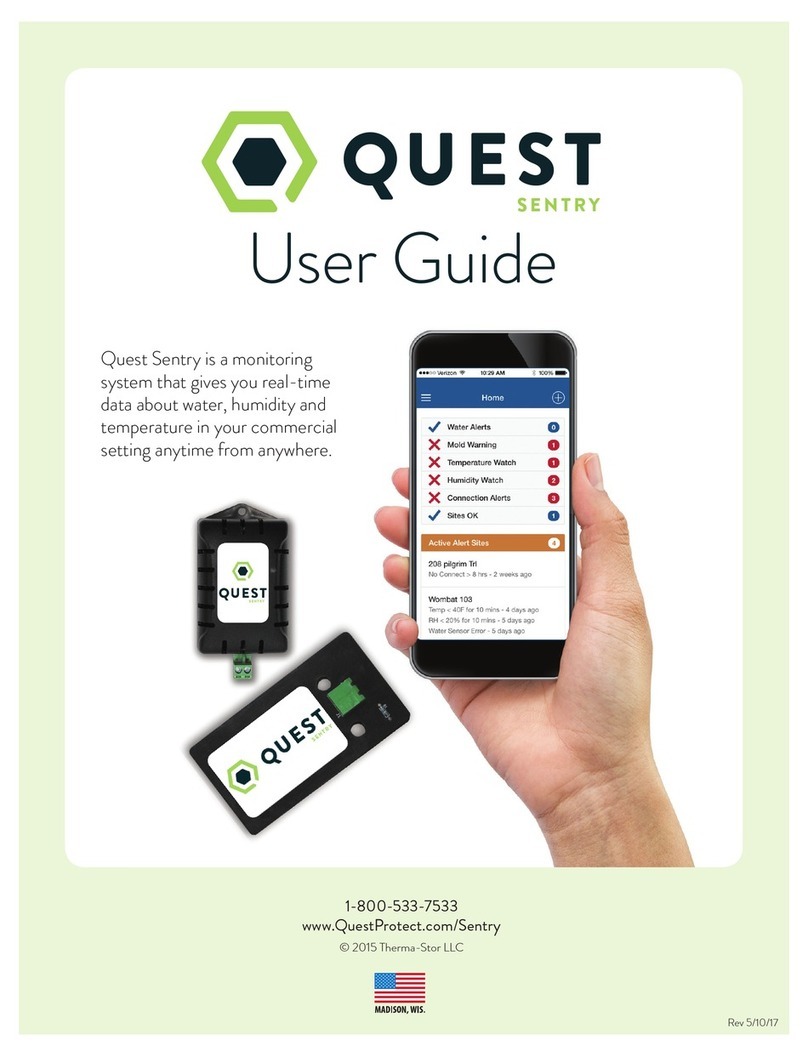
15
RaySafe 452 – Users Manual (EN)
SYMBOL MEANING
BC
Conforms to the Appliance Eciency Regulation (California Code of
Regulations, Title , Sections through ), for small battery
charging systems.
MET Laboratories, Inc. Certification covers UL -/CSA C.
No. --. MET Laboratories, Inc. has not evaluated this device
for reliability or ecacy of its intended functions.
None of the China RoHS restricted substances are present above
permitted levels.
TECHNICAL SPECIFICATIONS
General
Safety standard Complies with IEC -:, pollution degree
Radiation meter standard Complies with IEC -:, except EMC which
complies with IEC -:, and except alarm
sound level
Dimensions x x mm (. x . x . inches)
Weight . kg (. pounds)
Display x pixel color LCD, sunlight readable, backlit
Rate alarm dB(A) at cm ( inches)
Operating temperature − – + °C (− – + °F)
Storage temperature − – + °C (− – + °F)
Battery charging temperature + – + °C (+ – + °F)
Atmospheric pressure – kPa, altitude up to m ( ft)
IP code IP (dust proof and water resistant) according to IEC
:–, with lid mounted, seals intact and
nothing connected to USB connector
Humidity, without lid < % relative humidity, non-condensing
Battery life Up to h
Battery Built-in rechargeable lithium-ion, mAh
Connector USB micro ( V DC, . A),
for communication and charging
Mounting Standard ¼” tripod thread on handle
Data storage stored measurements and
days of dose rate log with s resolution
Software RaySafe View (for remote control, analysis and data
export)
Radiology
Ambient dose equivalent, H*(10)
Range µSv/h – Sv/h ( µrem/h – rem/h)
Rate resolution . µSv/h ( µrem/h) or digits
Dose resolution . nSv (. µrem) or digits
Energy range keV – MeV
Energy response> µSv/h ( mrem/h)
and T< °C ( °F)
± %, keV – MeV
± %, < keV or > MeV
otherwise ± %, keV – MeV
− % – + %, < keV or
>MeV
Minimum X-ray pulse length ms at T< °C (°F)
Minimum linac frequency, Hz at T< °C (°F)
Rate response time ~ s to detect a step from . to µSv/h
( to µrem/h)
IEC - energy range keV – MeV,
angle of incidence ±°
IEC - dose rate range µSv/h – Sv/h ( µrem/h – rem/h),
non-linearity < ± %
IEC - dose range µSv – Sv ( µrem – . krem),
coecient of variation < %
Units Sv
rem ( rem = / Sv)




















